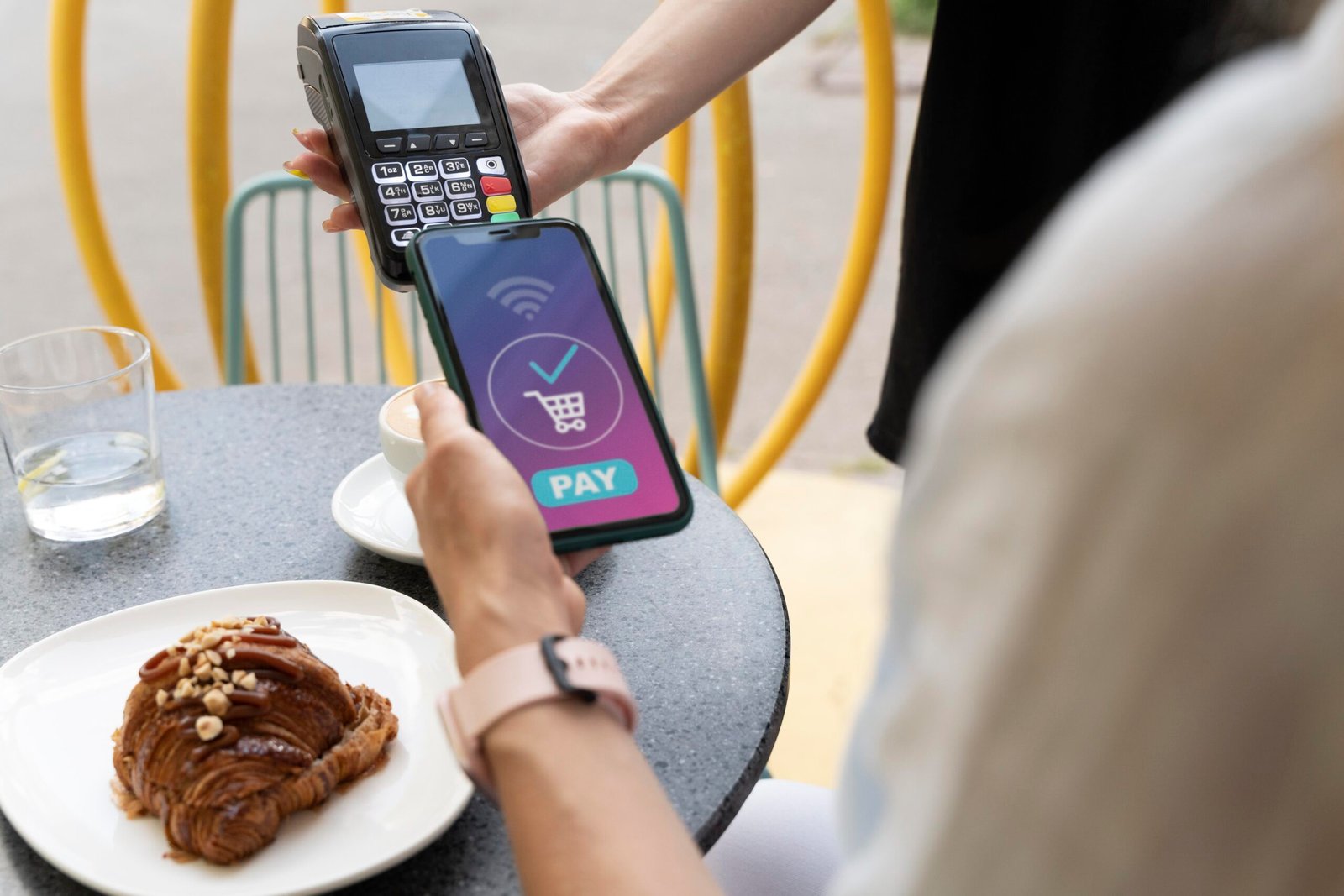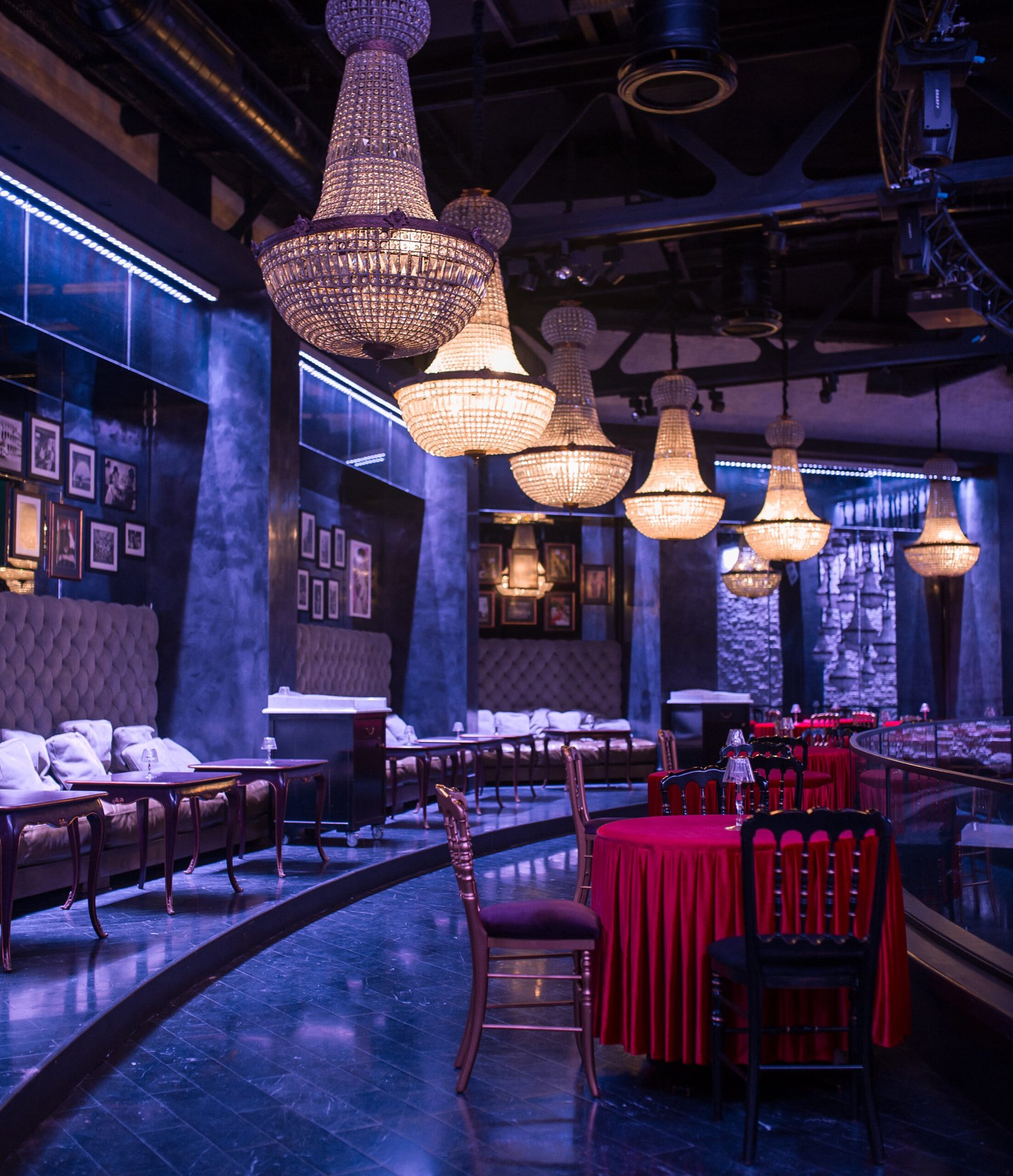The restaurant industry, from bars to fine dining establishments, is undergoing a transformation where sustainability and digitalization are no longer mere trends but essential strategies.

Today’s customers, increasingly informed and conscious, demand a transparent and responsible approach that extends not only to ingredient selection but also to processes and technologies used to deliver innovative, high-quality experiences.
Sustainability begins with sourcing raw materials. Local and seasonal ingredients not only guarantee freshness and flavor but also reduce the environmental impact of transportation. Many restaurants are adopting the “farm-to-table” philosophy, collaborating with small producers and farmers to craft menus that celebrate regional heritage. In bars, there is a resurgence of artisanal cocktails made with fresh herbs and fruits, often grown on-site.


Another pillar of sustainability is waste management. From systems for composting organic waste to digital platforms that optimize inventory and predict demand, innovative solutions are significantly reducing the environmental footprint of the sector. Some restaurants are even introducing “anti-waste” menus, utilizing ingredients that would otherwise be discarded to create creative and sustainable dishes.

Digitalization is equally vital for improving efficiency and the customer experience. Digital menus, accessible via QR codes, not only eliminate the need for printed versions but also offer remarkable flexibility, enabling real-time updates on specials, allergens, and availability. In bars, pre-ordering applications allow customers to customize their drinks and reduce waiting times, enhancing overall satisfaction.
Payment methods are becoming increasingly smart as well. Solutions like digital wallets and contactless payments have become standard, offering greater convenience for both customers and operators. Simultaneously, data analytics from these systems help restaurateurs better understand customer preferences and optimize their services.
Atmosphere plays a crucial role too. Smart lighting and remotely controllable audio systems enable the creation of dynamic, personalized environments that adapt to different times of the day. At the same time, digital displays for communicating offers and promotions reduce the need for printed materials, aligning with sustainability goals.
For bars and restaurants, the future lies in balancing technology, ethics, and creativity. Those who successfully integrate sustainability and digitalization in an authentic and innovative way will not only gain a competitive edge but also take on a leadership role in an industry increasingly oriented toward change.
